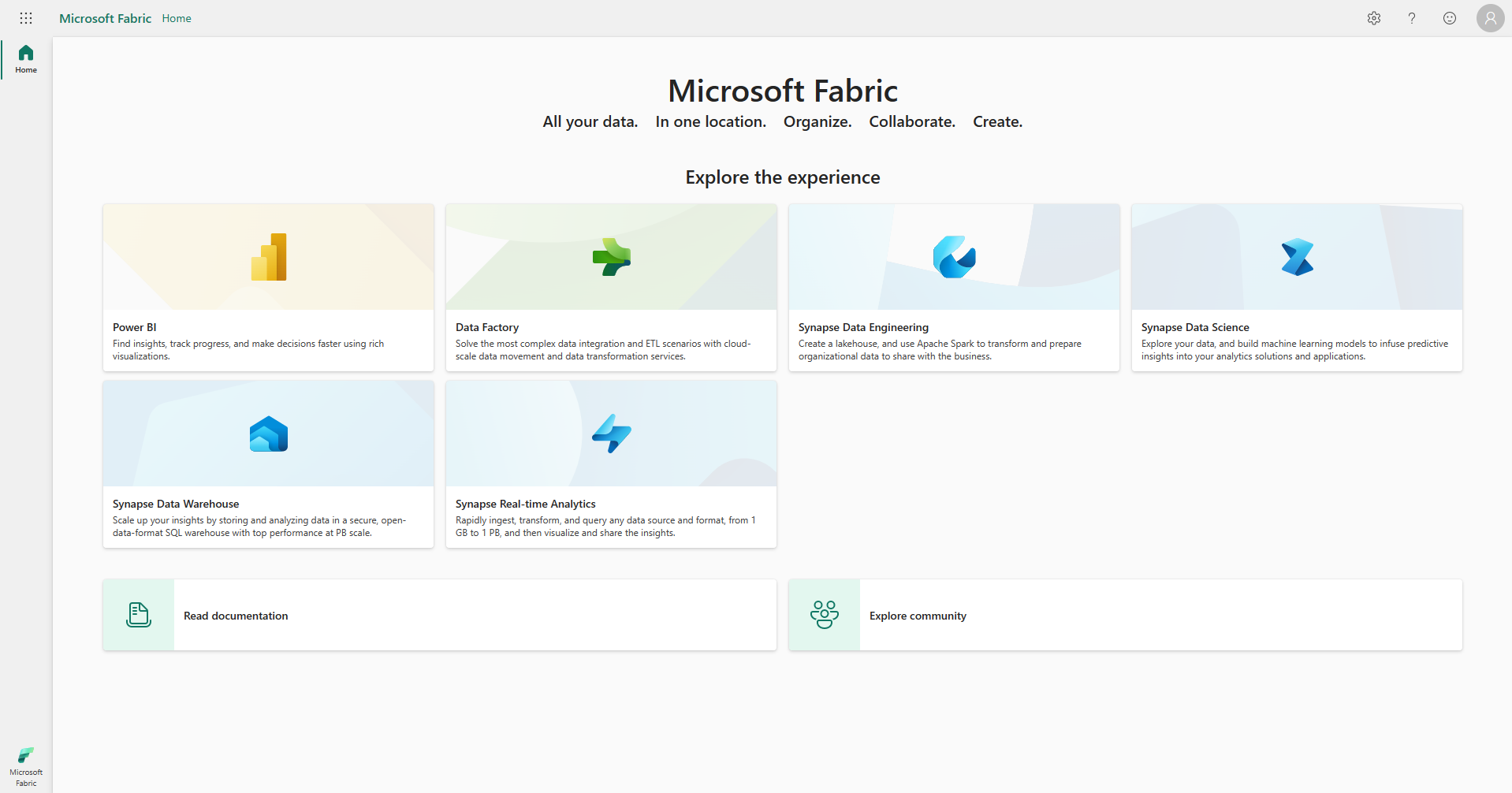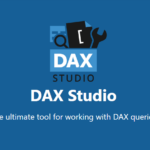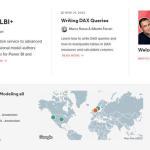In May 2023 Microsoft introduced Microsoft Fabric, that for many consumers was a big surprise, because there were not any previews or demos about this product. We may say that it unites already existed software or services like Azure or Synapse analytics and presenting the new ones like OneLake.
What is Microsoft Fabric?
Microsoft Fabric is an advanced platform designed to build and manage highly scalable, reliable, and distributed applications. It provides a framework for creating and managing services, enabling developers to build complex systems that can handle large-scale workloads and ensure fault tolerance. This blog post explains the key features, benefits, and real-world applications of Microsoft Fabric, highlighting its significance in modern data analytics and business intelligence.

The picture above shows the stack of all services offered by Microsoft:
- Data Factory – Microsoft’s Azure Data Factory is a powerful tool that combines the simplicity of Power Query with Azure Data Factory’s scale. It provides over 200 native connectors for data linkage from on-premise and cloud-based sources.
- Data Science (Synapse tools) – The data science capability in Microsoft Fabric aids in building, deploying, and operationalizing machine learning models within the Fabric framework. It is run by Apache SPARK , language can work with large amounts of data and create difficult data science scenarios.
- Data Warehouse– tool that can be used to store structured data, run SQL queries, and create connections directly to Power BI.
- Real-Time Analytics – Observational data, acquired from diverse sources like apps, IoT devices, human interactions and more, represents the fastest growing data category.
- Power BI – World’s leader in data analytics tools and Microsoft’s famous service.
- OneLake – Unified storage place for whole organization, where all the data “leaks” and gathers. When we say data we mean all types of data, images, PDF files, excel , csv and Parquet files.
What goals can be achieved with Microsoft Fabric?
One of the scenarios we ran, was to drop csv files into Onelake. Then combine and modify these files into single query and load it to Power BI. The user can create jobs which will refresh data in given periods to ensure an endless data flow.

In Warehouse you can build data flows using SQL queries by splitting, joining and merging data. For simplicity Data Warehouse offers visual SQL, a solution that can help SQL beginners. After cleaning, data is ready to be sent to Power BI. The model that we loaded was for example quite big but it loaded very fast and data compression feels really good, which means you can load millions of rows and still work comfortably.

The latest Power BI update offers direct integration with MS Fabric. You can now load data from hundreds of databases.

Conclusion
MS Fabric is a solution for simplicity. Data engineering knowledge can be easily obtained with services documentation. Except of data science cases users do not need to hardcode the business scenarios. Everything is being built just like Lego bricks which makes MS Fabric also a big fun!
We, as a MS Power BI developers and analysts always had issues with correct data providing from clients. Now – with the help of MS Fabric – we can easily pull that data and build databases that will 100 % fit our customers’ needs..
Every user can get a free 60 days trial of MS Fabric. This is enough to understand how these services work and to test first business scenarios.






